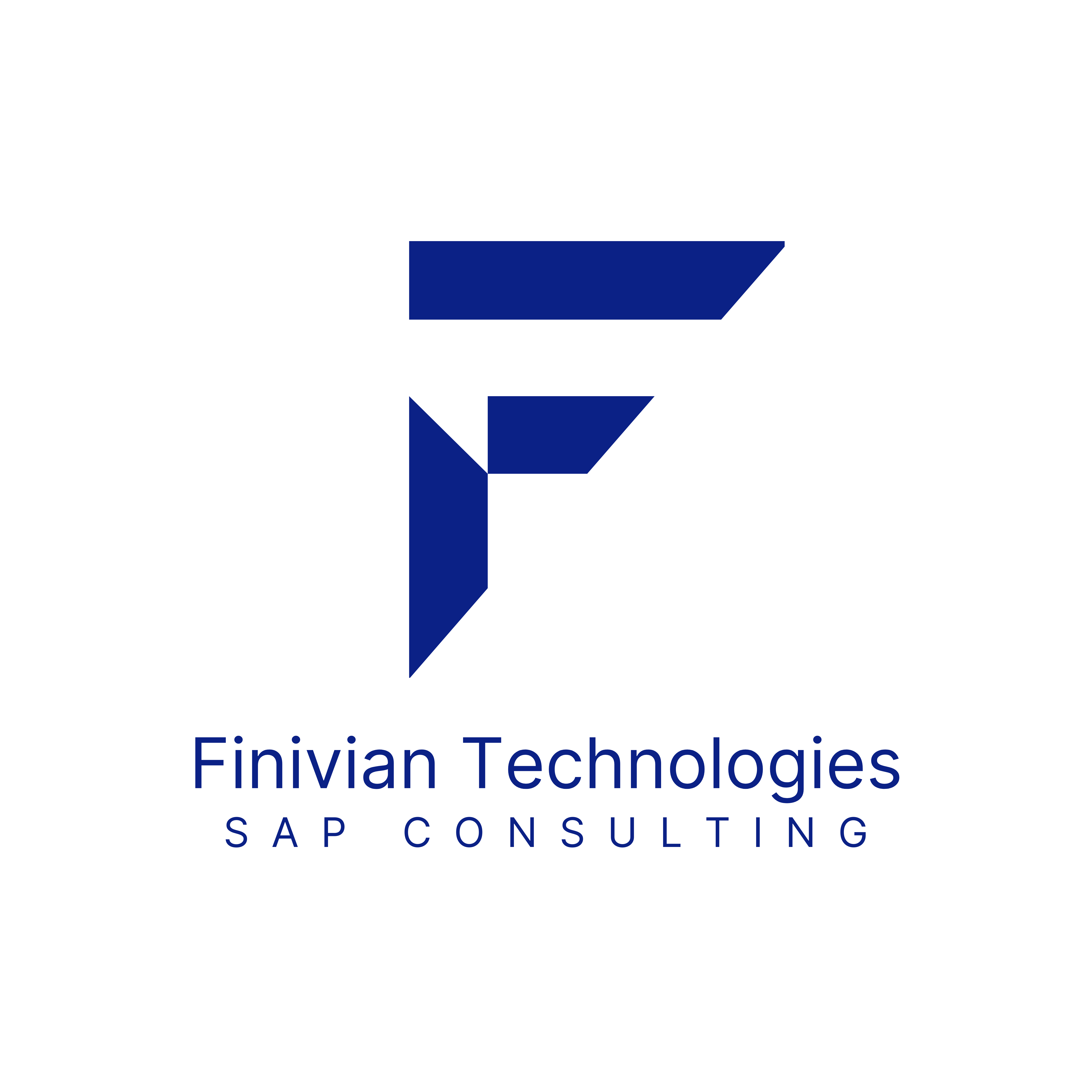Introduction
In today’s hyper-connected world, no enterprise system works in isolation — and SAP is no exception. Whether it’s connecting with third-party logistics providers, e-commerce platforms, banking systems, or industry-specific applications, integration is what allows SAP to truly serve as the digital backbone of an enterprise.
But how does SAP manage all this behind the scenes?
In this blog, we’re lifting the curtain to show you how SAP integrates with other systems — the methods, the tools, the technologies — and why it’s such a critical skill for today’s SAP professionals.
Why Integration Matters in SAP
Imagine a company using SAP S/4HANA for core business processes, Salesforce for CRM, Shopify for online sales, and DHL for logistics. For operations to run smoothly, data must flow seamlessly between these systems. That means:
- Orders placed on Shopify must reflect in SAP.
- Customer updates from Salesforce need to sync with SAP master data.
- Delivery statuses from DHL should update in real time.
That’s where SAP integration comes in — bridging systems, eliminating silos, and enabling real-time collaboration across the business.
Common SAP Integration Scenarios
- Third-Party Applications: Integrating SAP with tools like Salesforce, HubSpot, or ServiceNow.
- Banking Systems: For payment processing, automated bank reconciliation, and reporting.
- E-Commerce Platforms: Syncing orders, inventory, and shipping between platforms like Shopify or Magento.
- Legacy Systems: Companies often need to connect older ERP, warehouse, or manufacturing systems to SAP.
- Government Portals: For tax filing, GST, e-invoicing, or compliance-related processes.
Each use case has its own complexity — and SAP provides a variety of tools and technologies to manage them.
SAP Integration Technologies and Tools
Let’s dive into the most widely used SAP integration methods:
1. IDocs (Intermediate Documents)
- SAP’s traditional way of exchanging data asynchronously.
- Useful for B2B and internal communication between systems.
- Commonly used for purchase orders, invoices, and delivery documents.
2. BAPIs (Business Application Programming Interfaces)
- Object-oriented APIs that allow external applications to perform operations in SAP.
- Synchronous communication — useful for real-time data updates.
3. RFC (Remote Function Call)
- Enables communication between SAP systems or between SAP and non-SAP.
- Comes in different flavors: synchronous, asynchronous, transactional, queued.
4. SAP PI/PO (Process Integration / Process Orchestration)
- Middleware that routes, maps, and transforms data between SAP and non-SAP systems.
- Supports protocols like HTTP, SOAP, REST, SFTP, and more.
- Can handle complex integration scenarios.
5. SAP CPI (Cloud Platform Integration) / SAP Integration Suite
- The next-gen, cloud-based middleware replacing PI/PO for many customers.
- Comes with pre-built integration flows for popular third-party systems.
- Supports both cloud and hybrid landscapes.
6. OData & REST APIs
- Popular in modern SAP architectures, especially with SAP Fiori and mobile apps.
- Allow lightweight, real-time integration using standard HTTP calls.
7. Event-Driven Architecture (EDA)
- SAP Event Mesh and similar services allow systems to react to business events in real time.
- Enables decoupled, scalable integrations.
Integration Best Practices
- Use standard content when available (especially in SAP Integration Suite).
- Prioritize scalability and maintainability over short-term ease.
- Document every interface thoroughly — future teams will thank you.
- Secure all interfaces — from encryption to authentication protocols.
- Monitor and log integrations actively to detect failures early.
Why SAP Professionals Should Learn Integration
Whether you’re a functional consultant, ABAP developer, or architect, understanding SAP integration adds serious value to your profile. It:
- Opens new career opportunities (integration consultant roles are in high demand).
- Helps you understand full business processes.
- Gives you an edge in S/4HANA transformation projects.
Integration is no longer just a “technical” concern — it’s a business enabler.
Final Thoughts
The future is connected. As businesses increasingly rely on a combination of cloud, on-premises, and third-party applications, integration becomes the glue that holds it all together. Understanding how SAP integrates with the outside world is no longer optional — it’s essential.
Whether you’re troubleshooting failed IDocs or building APIs in SAP BTP, every bit of integration knowledge brings you closer to becoming a well-rounded SAP professional.

Finivian Tech offers expert SAP integration consulting — from traditional IDoc setups to cutting-edge cloud-native architectures.
Looking to simplify your SAP integration landscape or need help implementing seamless data flow across platforms?
👉 Let’s connect and take your SAP ecosystem to the next level.
📩 Reach out to us today.

